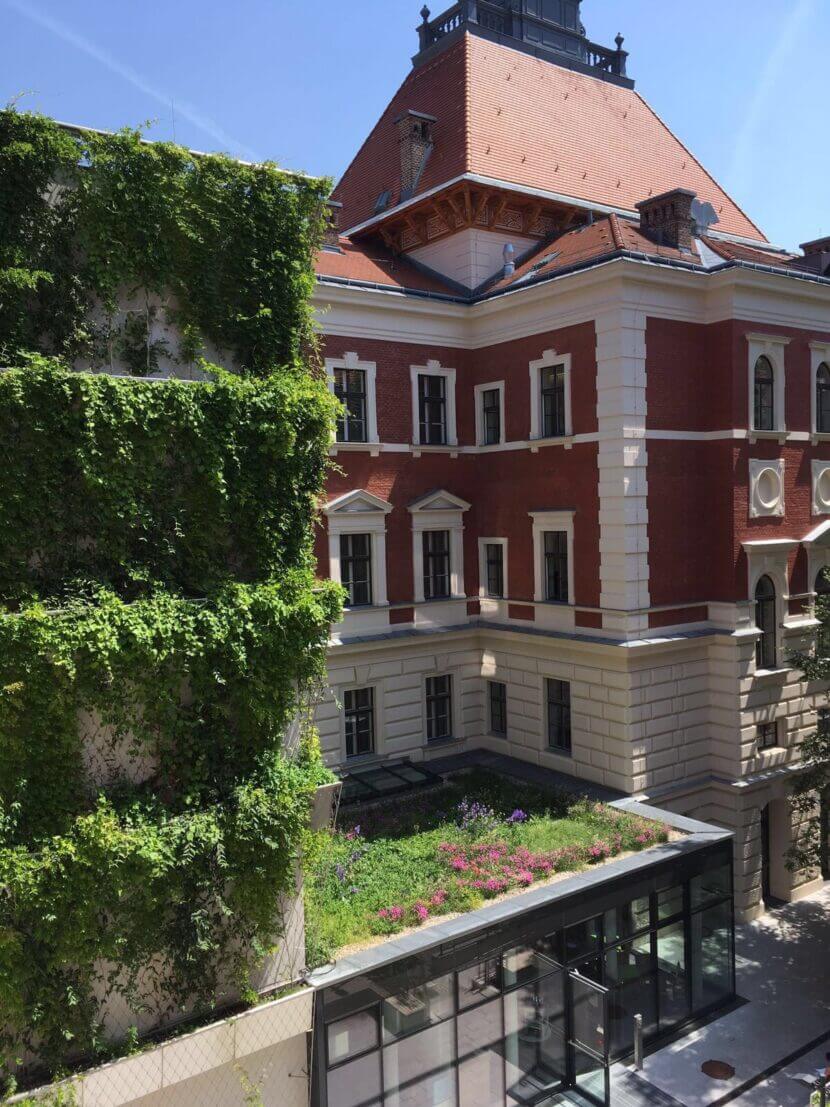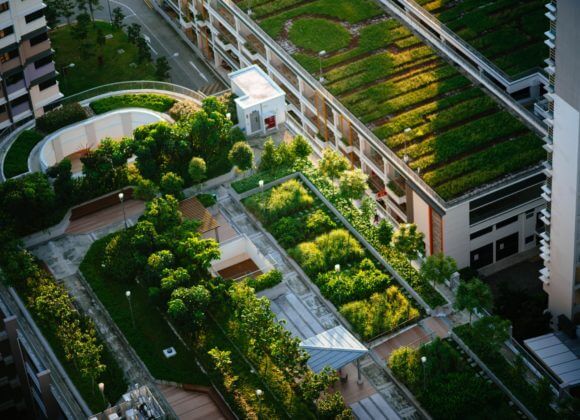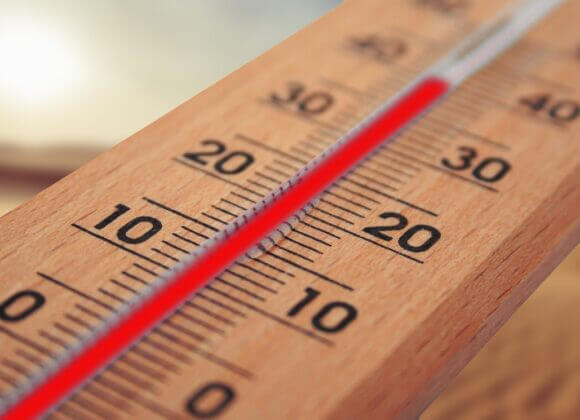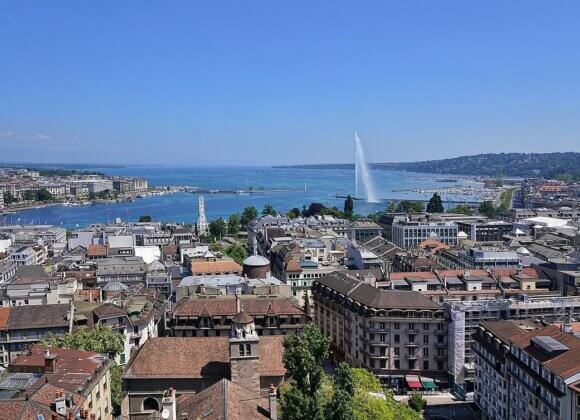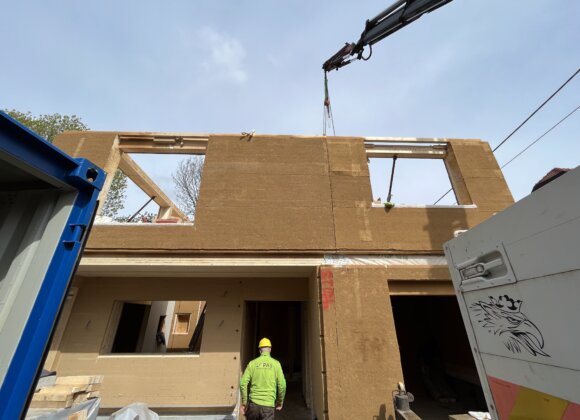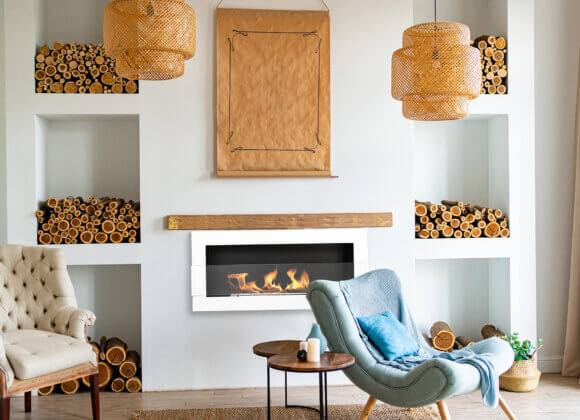Façade greening has many advantages: Among other things, the plants improve the microclimate and air quality – and contribute to a better indoor climate by acting as a heat buffer.
Summer is already flexing its muscles – and many city dwellers are already dreading the threat of hot days and hot nights. One of the recipes for avoiding overheating is greening. It is not only the planting of streets and squares that is proving effective, but also that of buildings. This is because the plants on facades and walls are in principle a natural air conditioning system: They prevent the building from heating up too much in summer, as evaporation creates cooler and more humid air.
According to studies, green buildings heat up to 80 percent less than non-green buildings. Elisabeth Weiss-Tessbach from “GRÜNSTATTGRAU”, the holistic competence center for building greening, knows that this not only benefits the residents and users of the building: “Green facades can reduce the perceived temperature in the vicinity by up to 13 degrees.” The larger the leaf mass, the more the environment is cooled. The plants and substrate can also mitigate temperature fluctuations in winter and help to reduce heating costs.
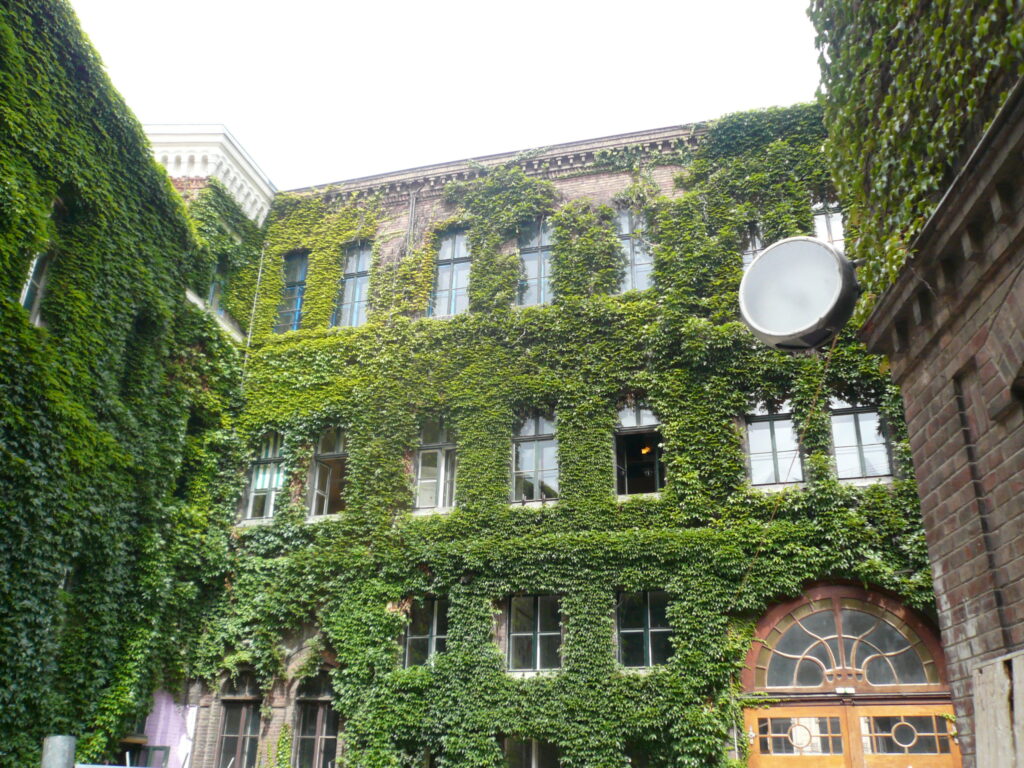
Clean air & more
Façade greening has even more advantages: The plants clean the air, bind pollutants, filter fine dust, produce oxygen and refract sound waves. In addition, the sewer system is relieved, especially during heavy rainfall, as the plants absorb a large proportion of the rainwater. “And of course they promote biodiversity in cities, as insects and birds can find food and shelter, or even both, depending on the planting,” explains Weiss-Tessbach. She also takes the wind out of the sails of skeptics who fear damage to the façade and walls due to the planting: “On the contrary, it even protects them from the effects of the weather,” says the expert. Provided that the façade is intact at the time of greening and is maintained accordingly.
Various systems for facade greening
Three systems are available to bring more greenery to the walls, namely floor-, trough- and wall-mounted systems. While variant one is relatively simple – the plants are simply placed in the ground – the other two require appropriate devices. Ideally, this should also include automatic watering and fertilization to keep the plants alive for a long time. But also the choice of the most suitable plants for the respective location. Because too much or too little sun or light, but also wind, can ruin the most beautiful greenery. “Of course, you should also consider the growth height and width and the size of the required root space,” says Weiss-Tessbach. The same applies to the care and maintenance of plants and systems.
Through the bureaucratic jungle
Before you simply start planting, you should of course also familiarize yourself with the legal situation. “The minimum standards for planning, implementation, maintenance and monitoring of façade greening can be found in ÖNORM L 1136 for façade greening,” says Weiss-Tessbach. Incidentally, fire protection is a major issue here. In any case, the spread of fire from one floor to another or to adjacent buildings must be prevented. In Vienna, however, the amendment to the Vienna Building Code has recently made it easier to green facades: trellises in the area of the first three storeys outside of protection zones are now completely permit-free; beyond this, the greening must be reported.
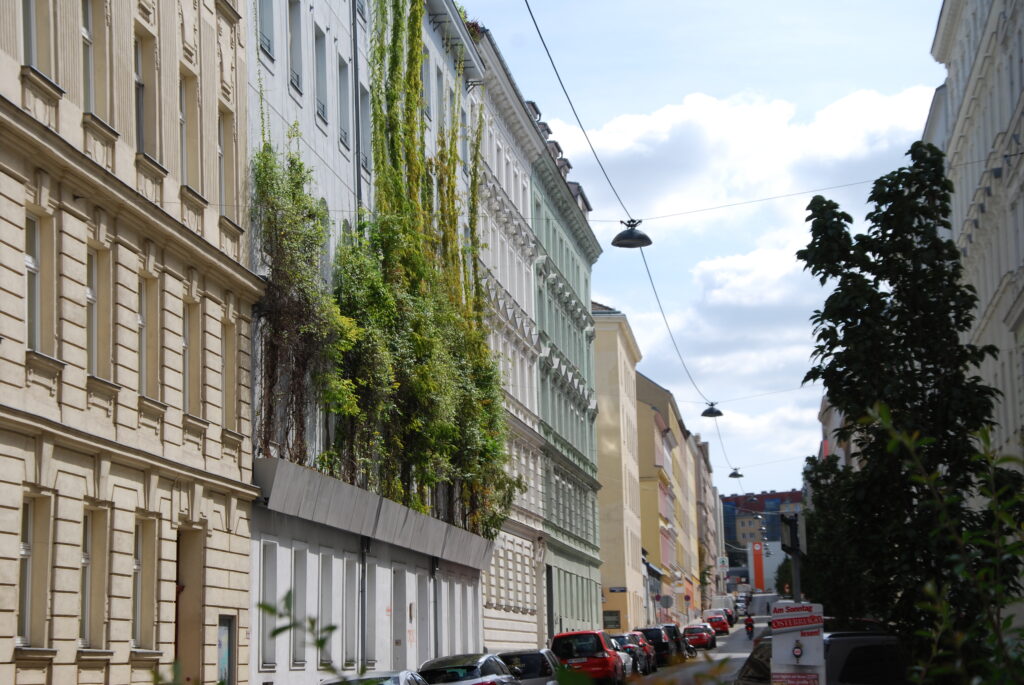
Old hat
The idea of greening facades is not a recent one. As early as 1982, Joseph Beuys, then a professor at the Düsseldorf Art Academy, had 7,000 oak trees planted as a social sculpture at documenta 7 in Kassel with his project “Stadtverwaldung statt Stadtverwaltung” (urban forestation instead of urban administration). The German architect Gernot Minke was already working on “houses in green fur” in the 1980s and the Malaysian architect Ken Yeang became famous in 1995 with the green Solaris high-rise in Singapore.
All photos: GRÜNSTATTGRAU
Related posts:


